Japan Fall Foliage 2025 Forecast: 25 Destinations and Tips

Japan's autumn foliage can be enjoyed from mid-September in Hokkaido until early December in Tokyo, Kyoto, and southern Japan. Check the best times and destinations in 2025.
Japan Autumn Foliage Forecast 2025

2025 fall foliage map based on information from Weathernews
In Japan, the foliage turns vibrant shades of red and yellow first in colder regions such as Hokkaido, typically starting around mid-September in Daisetsuzan National Park.
The fall colors gradually spread from north to south and from higher to lower elevations. The peak viewing season is generally in Tokyo in late November, and in Kyoto and Osaka from late November to early December.
Read on to learn about the 2025 fall foliage forecast by region and the best viewing locations. Keep in mind that the timing of peak fall colors can vary each year depending on the temperatures, so be sure to check the latest forecast updates as your trip approaches.
Japan Fall Foliage in 2025: Regional Forecast
Hokkaido: Mid-September to October
1. Hokkaido University in Sapporo
2. The Lakes in the Shiretoko Peninsula
3. Kosetsuen Garden in Hakodate
Northern Japan (Tohoku): Early October to Early November
4. Oirase Stream in Aomori
5. Nyuto Onsen Village in Akita
Eastern Japan: Early November to Early December
6. Tokyo: Koishikawa Korakuen Garden
7. Nikko: Ryuzu Falls
8. Lake Ashi in Hakone
9. Meigetsuin Temple in Kamakura
10. 10. Sankeien Garden in Yokohama
Kansai Region: Late November to Early December
11. Osaka Castle, Osaka
12. Hoshida Parkin Osaka
13. Kyoyo: Kifune Shrine
14. Hakuryuen Garden, Kyoto
15. Arashiyama in Kyoto
Central Japan: Early October to Early November
16. Tokugawa Garden in Nagoya
17. Saito Villa in Niigata
Chugoku and Shikoku Regions: Mid-November to Early December
18. Momijidani Park, Miyajima, Hiroshima
19. Ritsurin Garden in Takamatsu, Kagawa
Kyushu Region: Late November - Early December
20. Kamado Shrine, Fukuoka
21. Ohori Park's Japanese Garden, Fukuoka
22. Shiranoe Botanical Garden, Fukuoka
23. Takachiho Gorge, Miyazaki
24. Kirishima Shrine, Kagoshima
25. Yabakei Gorge, Oita
Read also
Hokkaido: Mid-September to October
Hokkaido is located at the northernmost tip of Japan and has a cooler climate compared to other regions. As a result, the fall colors begin to appear there first — as early as mid-September in Daisetsuzan National Park.
The peak foliage season in Sapporo and Hakodate is typically in October.
Book the JR Hokkaido Rail Pass (5 or 7 Days)
1. Hokkaido University in Sapporo

At the nature-abundant Hokkaido University, the foliage of the 70 ginkgo trees changes into a beautiful golden color come autumn. The Hokkaido University Golden Leaves Festival also takes place every year at the end of October.
There are illuminations during the night that envelop the area in a magical ambiance. Details on the Hokkaido University Golden Leaves Festival will be announced on their official website, so please look for more information in October.
You can find the ginkgo trees by the Kita-Jusanjo gate. The nearest station is Junijo Station, but the area can also be accessed by walking from JR Sapporo Station.
Hotels near Hokkaido University Ginkgo Avenue
Read also
2. The Lake Area in the Shiretoko Peninsula

Photo by Pixta
The lake area in central Shiretoko Peninsula is a World Natural Heritage Site consisting of five lakes surrounded by a primeval forest. There are two paths nearby that you can take a stroll on while gazing at the lake and beautiful scenery.
Stroll on the Elevated Wooden Path to enjoy one of the lakes. The entire path can be completed in about 20 minutes. The Ground Pathways is where you can walk around the remaining four lakes in the area. Visit the Shiretoko Field House for more information.
Read also
3. Kosetsuen Garden in Hakodate

Picture courtesy of Hakodate City Tourism Department
We recommend Kosetsuen Garden if you want to enjoy the fall foliage in a beautiful Japanese garden in Hokkaido. Approximately 150 types of trees will be dyed red and yellow.
Illuminations also take place during the nighttime at the Hakodate MOMI-G Festa, a festival that takes place from late October to early November.
Hotels near Kosetsu-en
Read also
↑ Return to the top of article.
Northern Japan (Tohoku): Early October to Early November
In northern Japan, the red foliage can be enjoyed amidst nature along mountain streams in October.
Book the JR EAST PASS - Tohoku Area (5 Days)
4. Oirase Stream in Aomori

Photo by Pixta
Oirase Stream is a river that flows from Lake Towada in Aomori. The stream runs for approximately 14 kilometers from Nenokuchi in Lake Towada, with the breathtakingly beautiful scenery of its waterfalls and clear streams.
The trees growing on both sides of the stream create a splendid foliage tunnel. The promenade and roadway under the trees are ideal for taking a stroll, making it feel like you’ve strayed off into the autumn leaves.
Oirase Stream is located in Towada-Hachimantai National Park, in the middle of nature. It takes around 120 minutes via bus from Shinaomori Station or 90 minutes from Hachinohe Station, which are both Shinkansen stops.
5. Nyuto Onsen Village in Akita

Seven secluded hot springs collectively called Nyuto Onsen Village are scattered along the base of Mt. Nyuto, which stands at the border of Iwate and Akita.
The area is surrounded by a primeval Japanese beech forest and is an ideal location for relaxation. Outdoor baths are found in all of the public bathhouses. Visitors can enjoy the autumn leaves while soaking in the hot springs!
Hotels near Kyukamura Nyuto Onsenkyo
↑ Return to the top of article.
Eastern Japan: Early November to Early December
The Kanto Region is where you'll find famous travel destinations such as Tokyo, Hakone, and Kamakura. The region is also home to beautiful fall foliage spots, so be sure to add a stop here during your autumn trip.
Read also
6. Koishikawa Korakuen Garden in Tokyo

Koishikawa Korakuen is a Japanese garden that recreates famous views, including Lake Biwa, Japan’s largest lake, and a river in Arashiyama, Kyoto. During the autumn season, the garden's 480 Japanese maple trees become vividly colored in red and gold.
The Autumn Leaves Festival is also in November. At this event, visitors can enjoy tea ceremonies and traditional performing arts.
The garden is located near Tokyo Dome City, one of Tokyo's largest amusement parks.
Hotels near Koishikawa Korakuen
7. Ryuzu Falls in Nikko

Picture courtesy of Nikko City Tourism Association
Ryuzu Falls is a major waterfall in the Oku-Nikko area. Together with Kegon Falls, located near Lake Chuzenji, and Yudaki Falls, which runs from Yuno Lake, Ryuzu Falls is regarded as one of Oku-Nikko’s Three Great Waterfalls.
The falls are split into two by a large boulder near their basin. The sight of the water gushing from that viewpoint is simply stunning. There is also an observation deck, teahouse, and walkway nearby.
Nikko also boasts other beautiful fall foliage spots, such as Nikko Tosho-gu Shrine. During this season, the city bustles with visitors.
Hotels near Ryuzu Falls
Read also
8. Lake Ashi in Hakone

Lake Ashi, one of the most iconic areas of Hakone, is a picturesque location where you can gaze at Mt. Fuji behind mountains covered in red foliage. Take a photo of Mt. Fuji together with the torii gate of Hakone Shrine, and you’ll have taken a picture of the perfect Japanese landscape.
In Hakone, you can also visit hot springs, art museums, and temples, all while enjoying the autumn leaves. We suggest staying for a night in town.
Book the Hakone Freepass (2 or 3 Days)
Hotels near Lake Ashi
Read also
9. Meigetsuin Temple in Kamakura

Picture courtesy of Meigetsuin Temple
Meigetsuin Temple is a Zen temple constructed in 1934. Hydrangeas ("ajisai" in Japanese) blossom here in June, and are so beautiful that the temple is also nicknamed Ajisai-dera Temple.
During the autumn, see the landscape of the back garden from the round windows in Meigetsu-in’s main building. The foliage dyed in red and yellow will be framed by the window, making it appear as if you’re looking at a painting.
There are also other temples and shrines where you can enjoy the autumn leaves in Kamakura, including Tsurugaoka Hachimangu Shrine and Hasedera Temple. We suggest going outside and enjoying a stroll on a sunny autumn day.
Hotels near Meigetsuin Temple
Read also
10. Sankeien Garden in Yokohama

Picture courtesy of JNTO
Yokohama's Sankeien Garden is made up of two Japanese gardens: an outer and inner garden. It also contains historical buildings that were dismantled and reconstructed from other regions, like Kyoto and Kamakura.
Flowers bloom in every season, but autumn offers particularly breathtaking scenery. The vibrant changing colors of Japanese maples and ginkgo leaves, combined with the striking red of spider lilies, create a truly stunning and picturesque landscape.
There are also four teahouses in the garden where you can try Japanese cuisine, including Japanese sweets, udon, and soba.
Buses to the garden leave from Yokohama Station, Sakuragicho Station, and Motomachi-Chukagai Station, making it easy to stop at Sankeien Garden while you are visiting Yokohama.
Read also
↑ Return to the top of article.
Kansai Region: Late November to Early December
The Kansai Region is home to historical structures such as Osaka Castle and the temples and shrines of Kyoto. In late November, the sight of these landmarks together with the autumn leaves is splendid.
Read also
11. Osaka Castle in Osaka

The castle tower in Osaka Castle Park offers a sweeping view of the Osaka streets, shrines, and teahouses. The park boasts rows of ginkgo trees whose foliage turns to vibrant yellow in November.
There are many ways you can enjoy the castle, including photographing the fall leaves with Osaka Castle in the background and celebrating the arrival of autumn at the park.
It will take about ten minutes from Osaka Station to get to the castle via train. There are also food stalls and cafés inside the park, so you can have a fulfilling day outdoors with history and local Osaka snacks.
Hotels near Osaka Castle
12. Hoshida Park, Osaka

Picture courtesy of Osaka Prefectural Corporation for Agricultural Land Development and Greenery-Environment Promotion
Autumn is the perfect season for exercising in Japan due to the mild climate. In fact, this season is often referred to as Sports Autumn. At Hoshida Park, a quasi-national park, you can spend your day hiking, rock climbing, and working out surrounded by red and yellow foliage.
Star Swing, a suspension bridge 180 meters in the air, is the largest bridge you can walk across in Japan. The view of the autumn leaves seen from the bridge is incredible.
Hoshida Park is closest to JR Hoshida Station or Keihan Kisaichi Station; it is about a 70-minute walk to the park from Hoshida Station or a 40-minute walk from Kisachi Station.
13. Kifune Shrine in Kyoto

Picture courtesy of Kifune Shrine ©Yasuhiro Imamiya
Kifune Shrine is approximately an hour from Kyoto Station, using the subway and transferring to a bus. Kifune Shrine has a long history and enshrines the god that governs water.
The shrine is far from famous sightseeing spots like Kiyomizudera Temple, but it's definitely worth a visit. You will discover scenery that is breathtakingly beautiful throughout the year.
Illuminations take place from early to late November and bring out the beauty of the autumn foliage. Events like the Ohitaki Festival and the Onikkukoin Grand Festival also take place every year on November 7. On this day, there is a 1.5-meter tall bonfire, and Shinto priests perform purifications.
14. Hakuryuen Garden, Kyoto

Hakuryuen, open for a limited time from early October to early December, is a special garden that limits its visitors to just 100 people per day.
The verdant moss spread across the grounds and leaves dyed in reds and yellows create the beauty of Hakuryuen. Public entry is from 10:00 to 12:30. Same-day tickets for the garden are sold at Demachiyanagi Station on the Eizan Railway. During October, the entrance fee is 1,300 yen, while the fee from November to December is 1,600 yen.
15. Arashiyama in Kyoto

Arashiyama, famous for its Bamboo Grove and Togetsukyo Bridge, is also home to gorgeously colored trees in fall. You can appreciate the foliage from various areas.
For example, you can gaze at the leaves from inside the Sagano Romantic Train or view the multi-colored trees reflected in the pond of Sogenchi Garden in the World Heritage Site of Tenryuji Temple.
Kyoto in autumn is immensely popular with all types of travelers. For those who are worried about the crowds, we recommend sightseeing early in the morning, as soon as the temples open.
Hotels near Arashiyama
Read also
Central Japan: Early October to Early November
Famous destinations in central Japan include Nagoya, Kanazawa, and Hamamatsu. Visit in late October to enjoy the fall foliage in some of the most beautiful Japanese gardens in the country.
Read also
16. Tokugawa Garden in Nagoya

Picture courtesy of the Nagoya Convention & Visitors Bureau
Tokugawa Garden was once the residence of the feudal lord who governed this region. The garden was created in 1889. In addition to splendid fall foliage, the garden also has autumn flowers. Illuminations also take place at the end of November.
Some of the highlights include the Black Gate, which has stood in the garden since 1900, Ryusen Lake, resembling the sea, and the Ozone Waterfall, which falls from a height of six meters in three tiers. Take a leisurely stroll while gazing at the autumn leaves.
Hotels near Tokugawaen
17. Saito Villa in Niigata

The Saito Villa was a summer retreat of the Saito family, a merchant household, and was built in the Taisho period (1912-1926).
The garden and architecture form a landscape built based on the concept of the fluidity between garden and home allowing for the garden to be enjoyed from indoors.
The fall scenery viewed from the banquet halls of the villa is especially impressive. The autumn leaves are visible past the unique window frames on the second floor, allowing visitors to enjoy both the interior and nature.
From JR Niigata Station, take the Niigata tourist roundtrip bus bound for Toki Messe (Bandaiguchi Bus Terminal Line 2). Get off at Northern Culture Museum Niigata Annex Entrance. Another option is to take the bus bound for Hakusan Park. Buses depart at 70-minute intervals.
Hotels near Former Saito Family Villa
↑ Return to the top of article.
Chugoku and Shikoku Regions: Mid-November to Early December
Hiroshima, located in Japan's Chugoku region, the area around the Seto Inland Sea, and Shikoku Island have the same type of climate. The fall foliage in this area can be enjoyed in November.
18. Momijidani Park on Miyajima Island, Hiroshima

Picture courtesy of Hiroshima Prefecture
Miyajima Island is famous for the Great Torii gate of Itsukushima Shrine, which appears to be floating above the sea during high tide. After a six-minute walk from the shrine, you will arrive at Momijidani Park, a location famous for fall foliage.
The view near the vermillion-painted Momijibashi Bridge is a must-see!
Hotels near Momijidani Park
19. Ritsurin Garden in Takamatsu, Kagawa

Picture courtesy of the Kagawa Prefecture Tourism Association
Ritsurin Garden is a Japanese garden composed of six ponds and thirteen human-made hills. The unification of the garden and the towering Mt. Shiun in the background creates a magnificent image.
Make sure to visit for the evening illumination. The crimson Japanese maple trees light-up creates a mystical ambiance in the garden.
The pond in the garden can be explored by boat. You can purchase a ticket from the east gate ticket office to ride the boats.
Hotels near Ritsurin Garden
↑ Return to the top of article.
Kyushu Region: Late November - Early December
The Kyushu region is full of attractions, including delicious food, hot springs, and UNESCO World Heritage Sites. Visiting in late fall allows you to enjoy the stunning autumn scenery.
For Convenient Bus Travel: Book the Kyushu SunQ Pass (Fukuoka Airport Pick Up)
20. Kamado Shrine, Fukuoka

Photo by Pixta
Fukuoka's Kamado Shrine is dedicated to the deity that protects human connections and relationships. It is located at the foot of Mt. Homan, a mountain once revered as a home of the gods.
The stairs that lead into the shrine transform into a tunnel of autumn leaves come fall. As the season continues, the shrine road gets covered in fallen leaves. In the evenings, the area is lit up during the fall foliage season, making it a shrine you can enjoy day and night.
To get to Kamado Shrine, ride the Mahoroba bus from Dazaifu Station (Nishitetsu Dazaifu Line), or take a 40-minute walk from the station.
Hotels near Homangu Shrine Kamado Shrine Shimomiya
21. Ohori Park's Japanese Garden, Fukuoka

Picture courtesy of Fukuoka City
Ohori Park’s Japanese garden is a traditional garden built on the park’s 50th anniversary. Here you can enjoy a large pond representing the ocean, three waterfalls of different sizes that flow from the landscaped hills, and a dry landscape garden inspired by wabi-sabi aesthetics (*3).
In autumn, you can enjoy Japanese maple trees in the traditional garden, and Japanese zelkova leaves in Ohori Park. We also recommend Maizuru Park located right next door. The combination of the stone wall remains of Fukuoka Castle and the fall foliage is very photogenic.
*3 Wabi-sabi: a concept in Japanese aesthetics that refers to the beauty found in simplicity, silence, and austerity.
Hotels near Ohori Park
22. Shiranoe Botanical Garden, Fukuoka

Picture courtesy of Shiranoe Botanical Garden
Shiranoe Botanical Garden has walking courses that can be enjoyed in 30 minutes to one hour. The foliage of around 800 Japanese maple trees turns to vibrant red hues in fall.
The maple trees will tower over you in the Deciduous Forest on the 30-minute Refreshing Soft Breeze Course. In addition to the autumn leaves, you’ll also be able to see camellia flowers as they reach full bloom in November on the 60-minute Circle Course.
After your walk, stop by the teahouse to enjoy Japanese sweets and green tea.
23. Takachiho Gorge in Miyazaki

Picture courtesy of Takachiho Tourist Association
Takachiho Gorge offers breathtaking views! The gorge was created by a pyroclastic (hot gas and volcanic matter) flow that erupted from Mt. Aso, pouring into the area. The 80-meter tall cliffs extend as long as seven kilometers.
You can enjoy your time here trekking, but you can also ride a rental boat and view the cliffs together with the fall foliage. Near Manai Falls, where water cascades down from a height of around 17 meters, you will discover maple trees with gorgeous foliage.
Hotels near Takachiho Gorge
24. Kirishima Shrine, Kagoshima

Picture courtesy of © K.P.V.B
Kirishima Shrine is a shrine with a rich history dedicated to Ninigi-no-Mikoto, a descendant of goddess Amaterasu-omikami.
During autumn, the three torii gates are incredibly stunning. The vermillion-painted torii gates harmonize perfectly with the red of the autumn leaves.
25. Yabakei Gorge, Oita

Picture from Pixta
Besides its spectacular fall foliage, Yabakei Gorge is home to several historical sites, including a 185-meter tunnel, dug by hand in the 1700s, and the longest arched stone bridge in Japan!
There are several temples in the area, making it the perfect place to enjoy the fall foliage with a historical feel.
↑ Return to the top of article.
FAQ
When to see fall foliage in Japan?
The fall foliage season in Japan, known as "koyo" in Japanese, typically begins in the northern regions of Hokkaido in late September and progresses southward, reaching its peak in November in places like Tokyo and Kyoto, and continuing into early December in southern regions. The timing of the autumn colors can vary depending on the specific location, altitude, and weather conditions each year. To witness the stunning fall foliage in Japan at its peak, it is generally recommended to visit during late October to mid-November, particularly in popular spots like Kyoto, Nikko, Hakone, and the Japanese Alps. These areas offer breathtaking displays of vibrant reds, oranges, and yellows as the leaves change, creating a picturesque landscape that attracts visitors from around the world.
What week is best for fall foliage?
To catch the best fall foliage in Japan, timing is key. The peak season for vibrant autumn colors, known as "koyo," typically spans from late October to mid-November. This period sees the northern regions like Hokkaido and higher elevations displaying their vibrant hues first, followed by popular destinations such as Nikko, Hakone, Kyoto, and Mount Fuji reaching their peak foliage. As the season progresses into mid to late November, areas like Tokyo, Nara, and Osaka, along with lower elevations in central and southern Japan, showcase a stunning display of reds, oranges, and yellows. Planning a visit during late October to mid-November offers a prime opportunity to witness the captivating beauty of fall foliage across Japan, with weather conditions influencing the exact timing of the autumn spectacle.
What are the best autumn months in Japan?
The best months to experience the vibrant autumn foliage in Japan typically span from October to early December, offering a picturesque display of nature's beauty across the country. October initiates the season in northern regions like Hokkaido, while central areas such as Tokyo and Kyoto begin showcasing autumn colors towards the end of the month. November stands out as the prime month for leaf-peeping in popular destinations like Kyoto, Nikko, and Hakone, where hues of red, orange, and yellow paint a stunning landscape. By early December, the autumn colors start to fade in most regions, with areas like Kyushu and Okinawa holding onto their foliage for a bit longer. Planning a visit during these autumn months guarantees a memorable and enchanting experience of Japan's seasonal splendor, as the country transforms into a canvas of vibrant hues that captivate visitors from near and far.
What are the peak colors in Japan fall?
Peak fall colors, or "koyo," in Japan create a captivating spectacle that unfolds across the country at different times. Beginning as early as late September in northern regions like Hokkaido and higher elevations, the autumn hues progress southward through October, with central areas such as Nikko and the Japanese Alps reaching their vibrant peak. By late October to early November, lower elevations in central Japan, including Tokyo and Mount Fuji, exhibit their vivid colors. Finally, southern regions like Kyoto and Osaka tend to showcase their fall foliage at its peak around mid to late November. While these timelines offer a rough estimate, actual peak times can vary each year, ensuring that visitors who plan strategically can experience Japan's breathtaking autumn beauty at its zenith across diverse regions throughout the season.
What is the best time to see fall colors in Japan?
The best time to see fall colors in Japan, known as "koyo," varies by region and altitude, typically encompassing late October to mid-November as a general guideline for prime viewing opportunities. Specific factors influence the timing of peak fall foliage, such as the climate, the region's altitude, and variations in weather conditions each year. For a comprehensive experience of Japan's autumn beauty, planning your visit between late October and mid-November is recommended, allowing you to witness the picturesque transformation of leaves into vibrant shades of red, orange, and yellow in popular destinations like Kyoto, Nikko, Hakone, and the Japanese Alps. By choosing this window, you are more likely to experience the stunning fall colors at their peak, creating a memorable and enchanting experience of Japan's autumn splendor.
Enjoy the Breathtaking Scenery of Fall Foliage in Japan!
The peak season for fall foliage lasts for just under a month. We hope you enjoy this truly unique scenery in Japan!
Read also
Main image by Pixta
This is the official account of MATCHA's editorial department. Our articles feature useful travel information for visitors to Japan, from how-to guides to recommended places to visit.









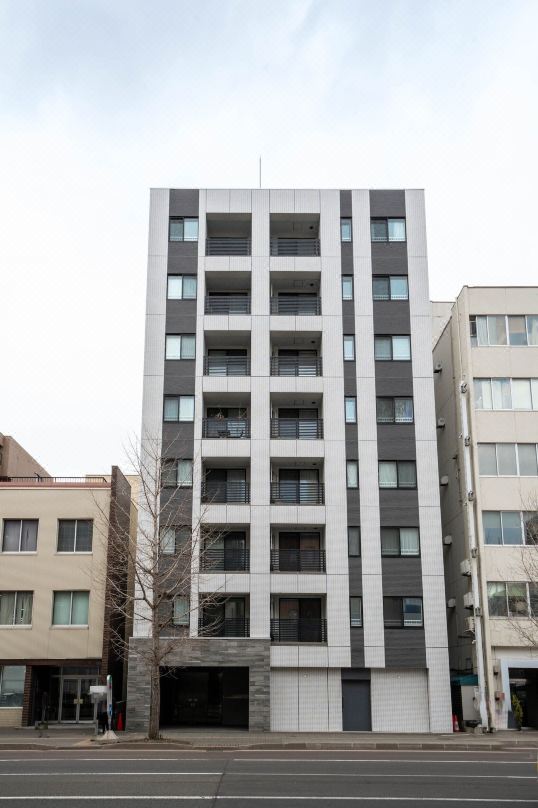





















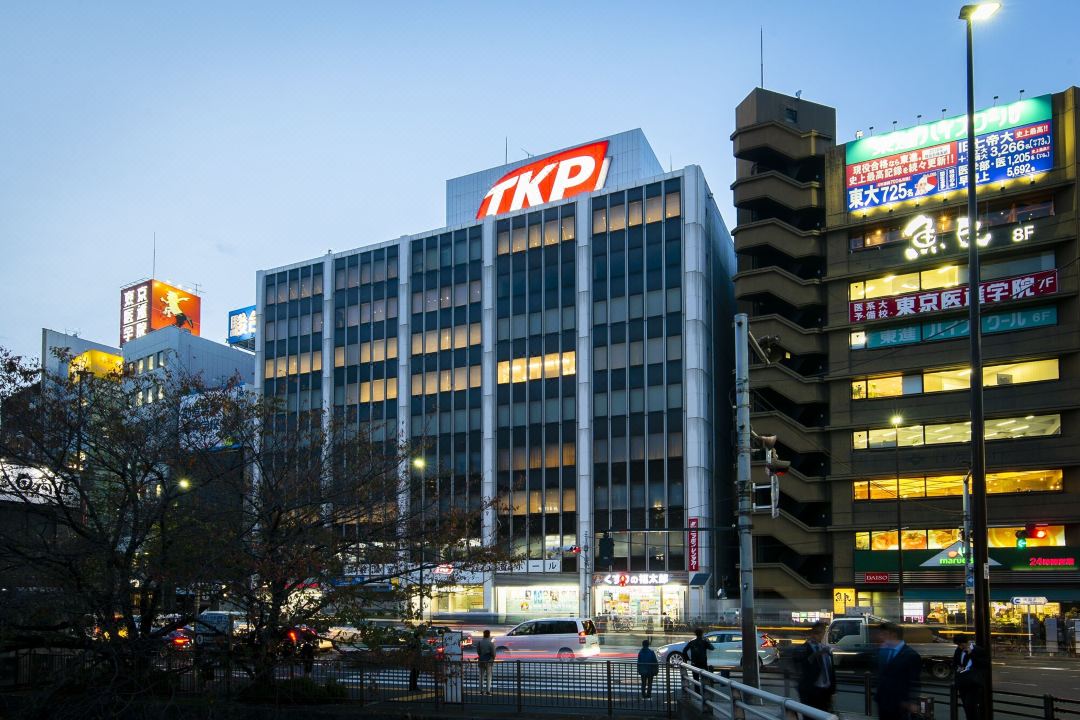













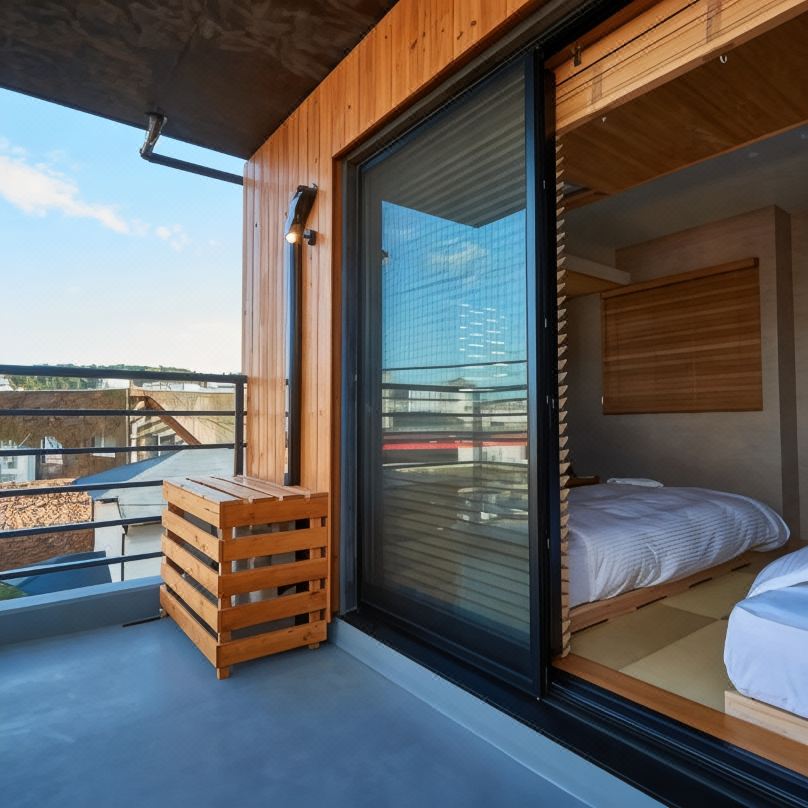
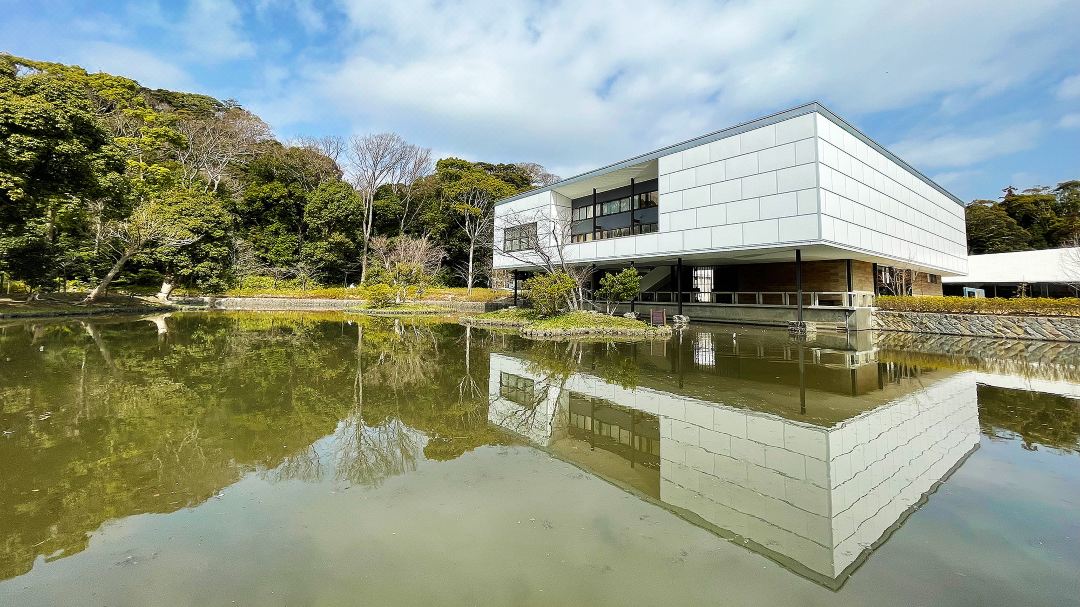









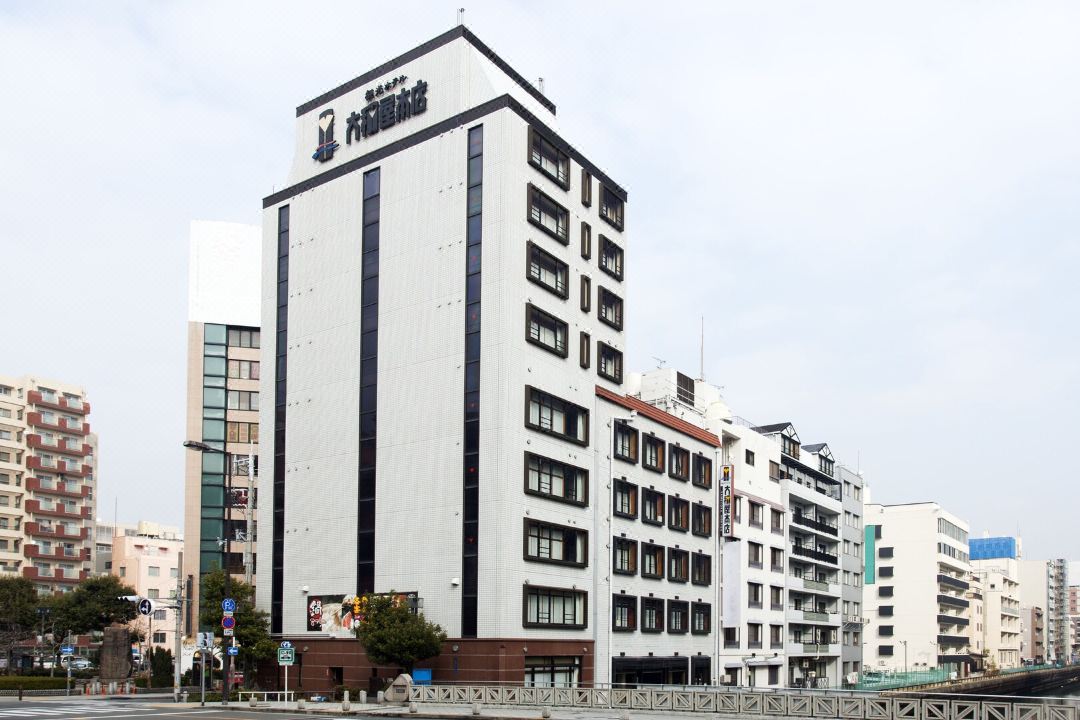


















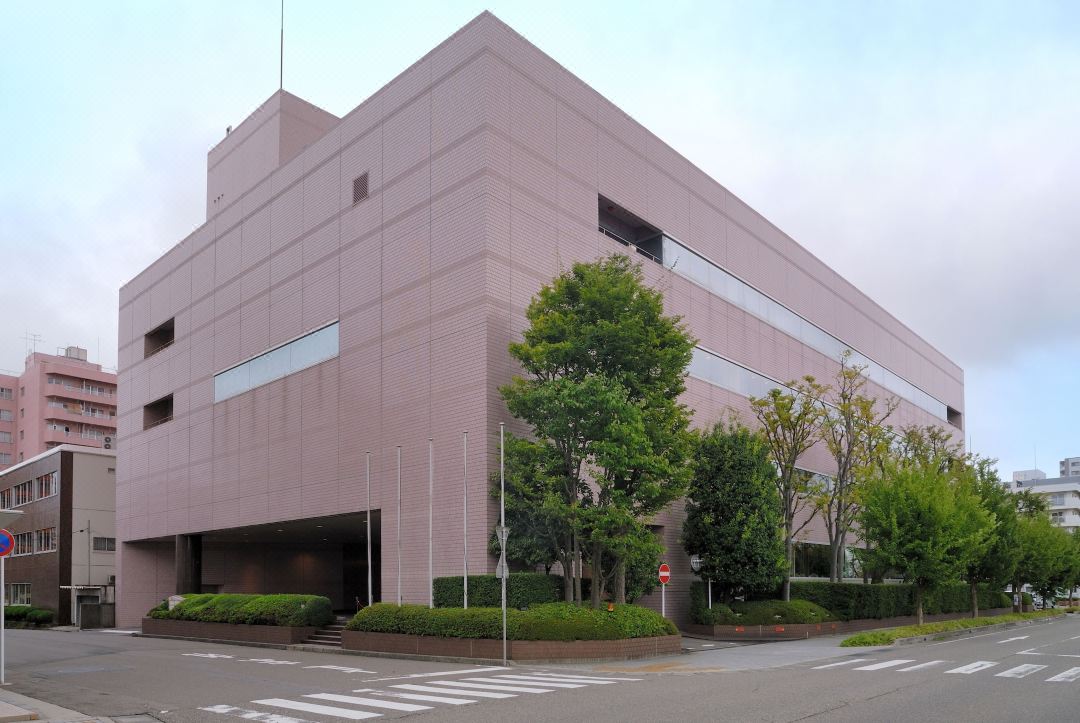















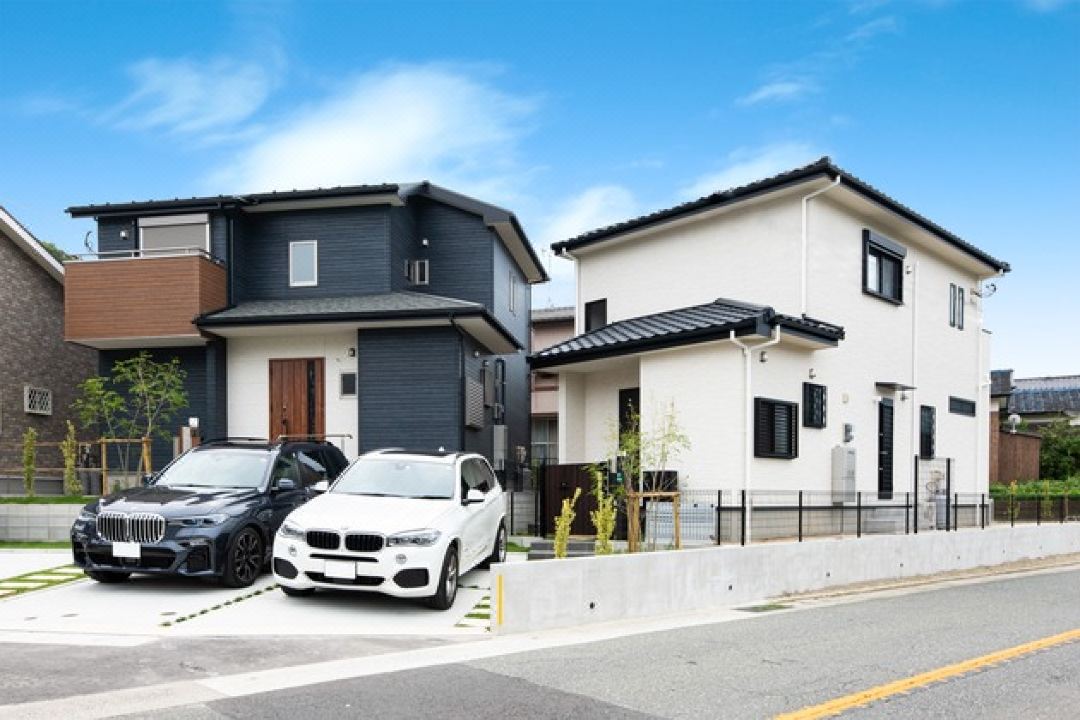



















































![[2026] A walking map of famous plum blossom spots in Osaka!](https://resources.matcha-jp.com/resize/720x2000/2025/12/22-253767.webp)

